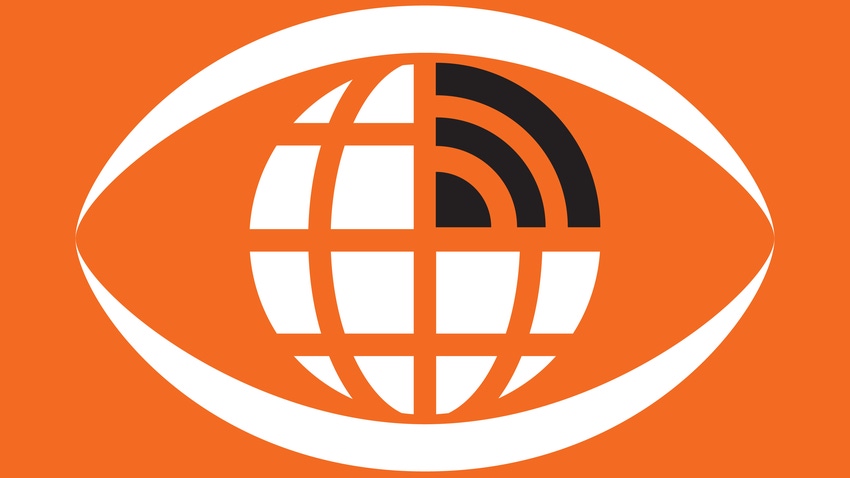A Week in Wireless – First world problems
April 10, 2015

By The Informer
Many of the things that regularly anger and frustrate the Informer would doubtless be considered trivial or even inconsequential by most other people, especially those with real problems. The Informer is not alone in acknowledging this sort of thing and the current trend is to categorise relatively minor issues as ‘first world problems’.
These range from genuine, but far from life-threatening, matters such as traffic jams or lack of hot water, to the comically trivial, such as running out of fresh coriander or choosing which movie to watch.
The term was defined by the Urban Dictionary back in 2005 as “Problems from living in a wealthy, industrialized nation that third worlders would probably roll their eyes at.” Inevitably it has prompted a hashtag – #firstworldproblems – that is still going strong today and has the handy ancillary function of enabling people to hedge their trivial public moans with a pinch of self-effacement that they hope will make them seem less pampered and entitled.
It could be argued that the entire technology industry is geared towards solving first world problems. Who hasn’t found themselves exasperated by briefly having to make do with a 3G connection when you have a 4G phone? There is an entire industry devoted to trying to ensure this happens as infrequently as possible, but in the great scheme of things there are greater trials to endure.
Telecoms news this week was dominated by a couple of examples of this first world problem solving. EE proudly claimed the first UK wifi calling service, which allows its subscribers (on certain phones) to route their mobile calls through their wifi routers if their connectivity at home is found wanting.
This prompted a debate on Telecoms.com around how new this really is, with commenters pointing to numerous historical initiatives that offered similar functionality and EE insisting this is different. While it is an interesting debate on a technical level, to the end-user it’s largely academic. All they want is to be able to do everything on their phones, wherever and whenever they want. How that is achieved is not their concern and it’s quite possible that most people don’t even appreciate the difference between an OTT app and their native dialler, so long as they get to speak to who they want.
And then we had the hard launch of the Apple Watch this week too. The usual round of reviews choreographed perfectly to maximise demand for the products hitting the shelves came out at the beginning of the week and essentially came to the same conclusion: it’s really great but we’re not sure what it’s for.
To some extent the Apple Watch is a classic ‘solution looking for a problem’. As one prominent Apple commentator pointed out, the iPhone solved the perceived problem of inadequate mobile phone user experience, but nobody’s really arguing the same about the watch.
We only ask a few things of our wristwatch: that it reliably tell the time, that it looks good, and that it’s durable. Classic watches already do all that well, so what is Apple (and all its competitors, for that matter) going to bring to the table that is an order of magnitude better?
That’s a question it has failed to answer so far, but try telling that to the inevitable queues of excited Apple punters that will want one regardless. Apple is arguably the best company in the world at generating demand and part of this skill lies in ensuring initial supplies of the product are always seen to be sold out, while at the same time also shifting millions of them over the coming weeks.
When they get their Apple Watch home, these lucky early adopters are likely to go through a prolonged process, once they’ve got over waving their newly-adorned wrists imperiously at all and sundry, of trying to work out what it’s for. If they do come to any positive conclusions they will probably be solutions to first world problems such as the massive hassle of taking your phone out of your pocket to answer calls, check notifications, etc. And it’s quite possible that will be enough.
Read more about:
DiscussionYou May Also Like






.png?width=300&auto=webp&quality=80&disable=upscale)


_1.jpg?width=300&auto=webp&quality=80&disable=upscale)


.png?width=800&auto=webp&quality=80&disable=upscale)